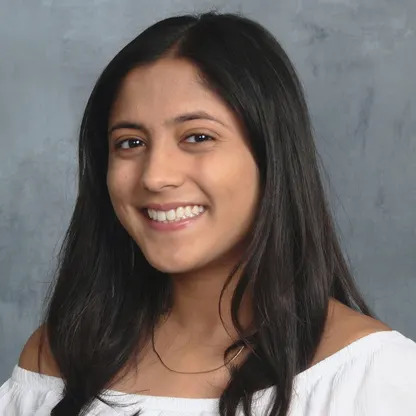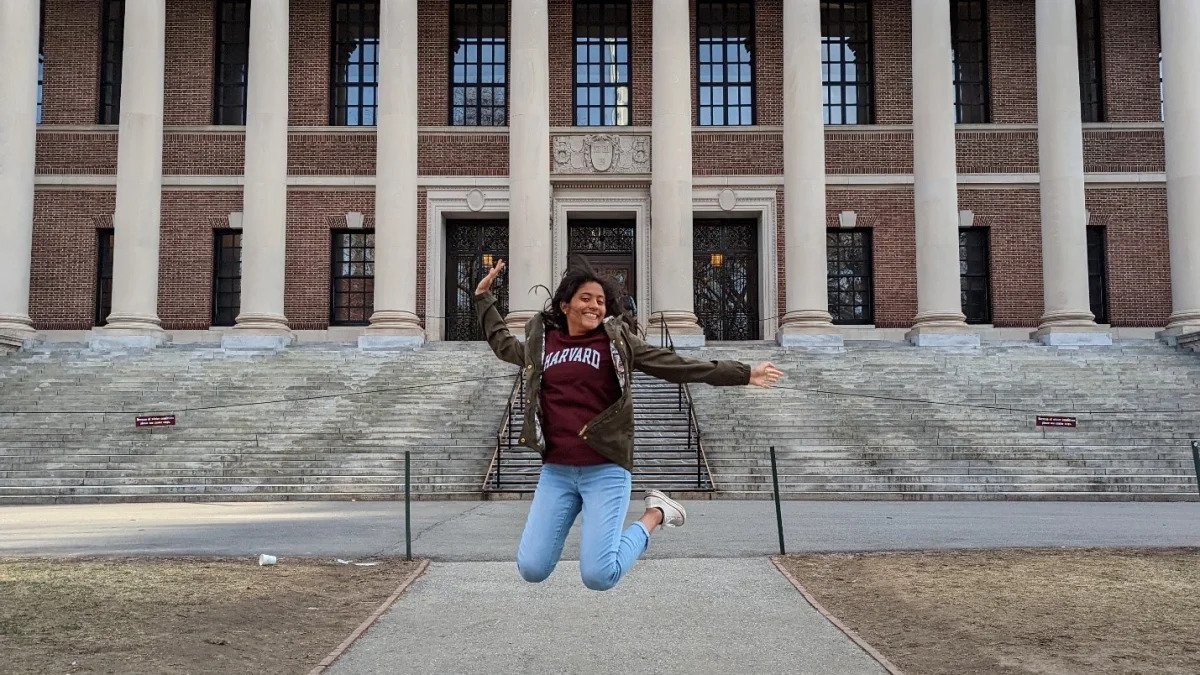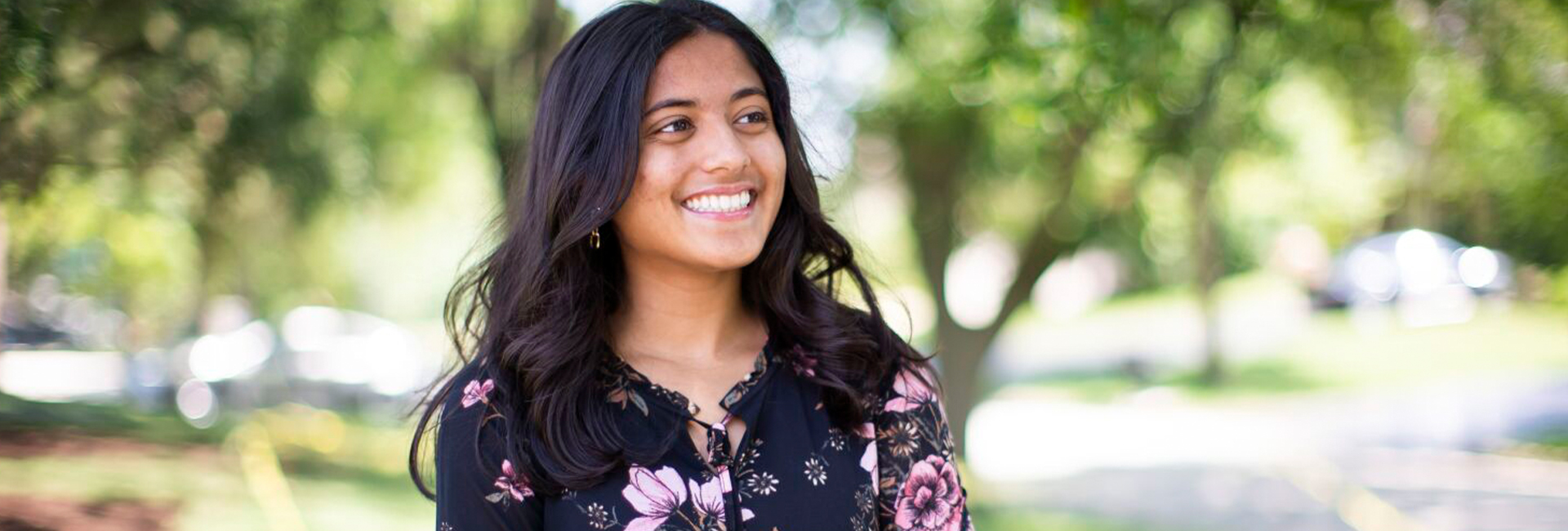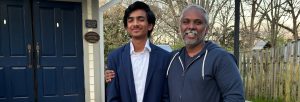(August 17, 2024) A summer camp at Stanford University was enough to ignite a passion for AI in Hinsdale Central junior Jui Khankari. However, the hunger to learn more was left unsatiated for the lack of adequate resources to fuel her interest in AI. This led the then 16-year-old to launch her educational non-profit, AInspire, a free resource for people of all ages to learn about artificial intelligence and its many applications. Run entirely on donations, the nonprofit has served over 26,000 students in 91 countries so far through virtual workshops, videos, and educational curriculum created by the Indian American teenager who was named among the Presidential Scholars of 2022. Now at the age of 19, she has found herself on the list of 2024 Forbes 30 Under 30 for her work in the field of education.
“Khankari developed an AI curriculum adopted by 38 school districts as well as organizations like the Boys and Girls Club, National Science Teachers Association, Discovery Education, the White House, and the National Center for Women in Information Technology,” wrote Forbes.

Jui Khankari
Gravitating towards AI
For Jui, an Indian-origin girl from Illinois, her journey into artificial intelligence began when she taught Siri to pronounce her name correctly. After years of people mispronouncing her name in the US, she finally decided to take action when even her mom’s phone got it wrong. By making some adjustments, Jui succeeded in getting Siri to say her name the right way. This experience sparked her interest in AI, but her enthusiasm nearly faded as she found herself the only girl in various workshops. Jui said in an interview that she often had instructors performing coding for her, to the extent that she wasn’t learning anything. It was a frustrating reality for her and many young girls like her, as only 32 percent of the data and artificial intelligence workforce are female, according to the World Forum’s 2021 report.
In 2019, she decided to give AI one more chance, when she was selected for a camp at Stanford University with 31 other girls from other parts of the globe. The camp was a revelation for her as she understood that AI could be applied to health care, mental health, and energy optimisation. “Naturally, technologies that only affect women would be less likely to be developed if there aren’t women fighting for them to be developed. Men might have different agendas, or they just might honestly forget that this is something that we need. It’s a real need, and so that’s why I just really want to get more women inspired and empowered to enter the field so we can make our voices and our needs heard,” the Global Indian told a daily.


Jui Khankari is currently studying at Stanford University
The beginning of AInspire
In February 2020, the Diana Award recipient founded AInspire to motivate and support young girls interested in AI, including her sister Neha. With the help of 11 young women from around the world, including classmates and friends she met at the Stanford camp, she developed new lessons and activities to enhance users’ understanding of artificial intelligence. AInspire also focuses on building the technical, interpersonal, and comprehension skills necessary for a career in this growing field. Although AInspire is primarily aimed at middle and high school students, Jui believes everyone should have a basic understanding of AI, as it is integral to every industry. This belief drives her commitment to keeping AInspire free and accessible to all.
Making an impact
Born to doctor parents, she witnessed them treating COVID-19 patients, which sparked her interest in applying AI to healthcare. She is now focused on developing AI to detect strokes and identify the bifurcation of the major artery supplying blood to the brain, aiming to enable early detection of neurodegenerative diseases. She has already tested two AI algorithms, and her research has demonstrated that strokes can be detected using AI. “Two million neurons die every minute that a stroke is left untreated. By reducing treatment times even by a single minute, this algorithm could reduce death and disability in stroke patients worldwide,” she said.
She has developed custom curriculum for underserved school districts in Chicago and community colleges in New Jersey, and collaborated with MKAI to deliver AI talks to business professionals. Her teaching experience spans workshops in English, Spanish, Hindi, and Marathi, reaching students from Bolivia to Bangladesh and beyond.
Jui, the 2022 Regeneron Science Talent Search winner and a computer science student at Stanford University, has ambitious plans for AInspire’s future. She hopes to partner with school districts to integrate AI into elementary, middle, and high school curricula. As for her own career, Jui aspires to become both a researcher and a physician, combining her passion for patient care with developing algorithms to advance healthcare.
- Follow on Jui Khankari on Linkedin




